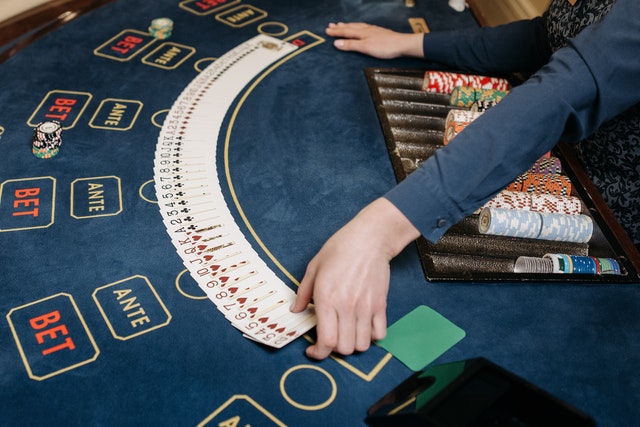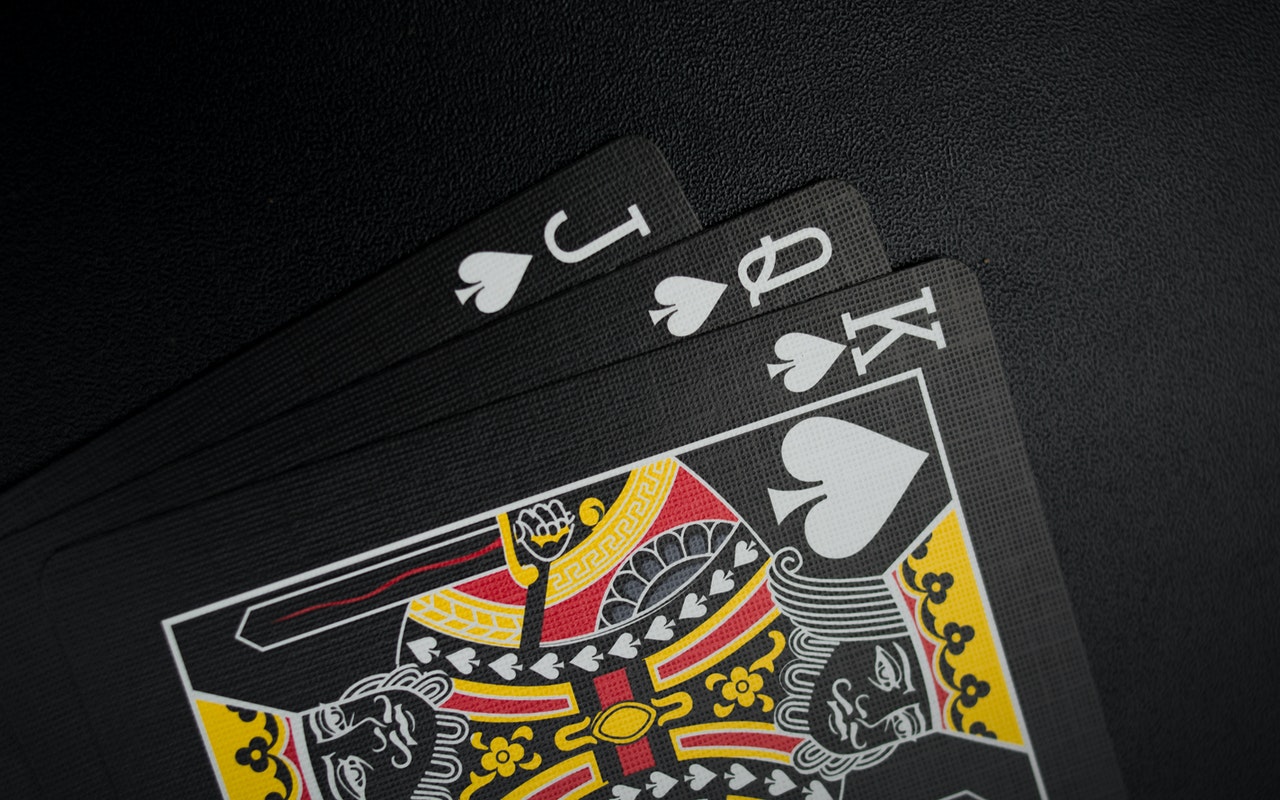There are many ways to play poker, but the most common is Texas hold’em. This game is played with two cards face down and five cards that players at their discretion can use. The game’s goal is to form a hand where you have the best possible chance of winning against any other player’s hand. These strategies will help you increase your chances of winning! If you want to explore more ways on how to win on poker, visit www.everythingfordads.com/dadsblog/5-tips-for-your-next-poker-night.
Understand the Different Types of Bets
There are three main types of bets you can make in poker: bet, call and raise. A bet is when a player puts money into the pot by placing chips or other objects on the table. When it’s your turn to act, you “call” an opponent’s bet if you match his wager. You “raise” an opponent’s bet by checking his stake and adding more money to the pot.
This can be unclear when you first start playing poker because there are different chips for each bet. To figure out what kind of bet your opponents have made, you must learn how much they should put in the pot.

Read Other Players’ Body Language
It’s essential to read other players’ body language when you play poker. It would help if you watched for any “tells” that may indicate whether the player has a strong hand or not. For example, if someone folds their arms in front of them and leans back, it could mean they’ve got perfect cards! If another player keeps scratching his ear, he may have a weak hand.
Be sure to look at other players’ faces as well – if they’re focused on their cards and don’t make eye contact with you, it could be because they think they’ve got the winning hand! Poker players also tend to touch their face or neck when they have weak hands, and it’s good practice to pay attention in general because sometimes there can be signs you don’t even realize at first!
Set Realistic Goals
 Poker is a game with many variations, and it can be overwhelming to learn them all. It’s best to start by choosing one type of poker that interests you the most. Then, set a reasonable goal for how much you want to learn and improve. Playing poker is like any other skill: it takes time and practice to get better at it. If your goal seems too ambitious or unattainable, break down the long-term objectives into smaller milestones that become stepping stones along the way towards achieving your goal.
Poker is a game with many variations, and it can be overwhelming to learn them all. It’s best to start by choosing one type of poker that interests you the most. Then, set a reasonable goal for how much you want to learn and improve. Playing poker is like any other skill: it takes time and practice to get better at it. If your goal seems too ambitious or unattainable, break down the long-term objectives into smaller milestones that become stepping stones along the way towards achieving your goal.
All in all, poker is a game of strategy and skill. The more you play it, the better your skills will be! In this article, we’ve covered some basic strategies for playing and getting started if you want to give it a try. As always, feel free to leave any questions or comments below.

